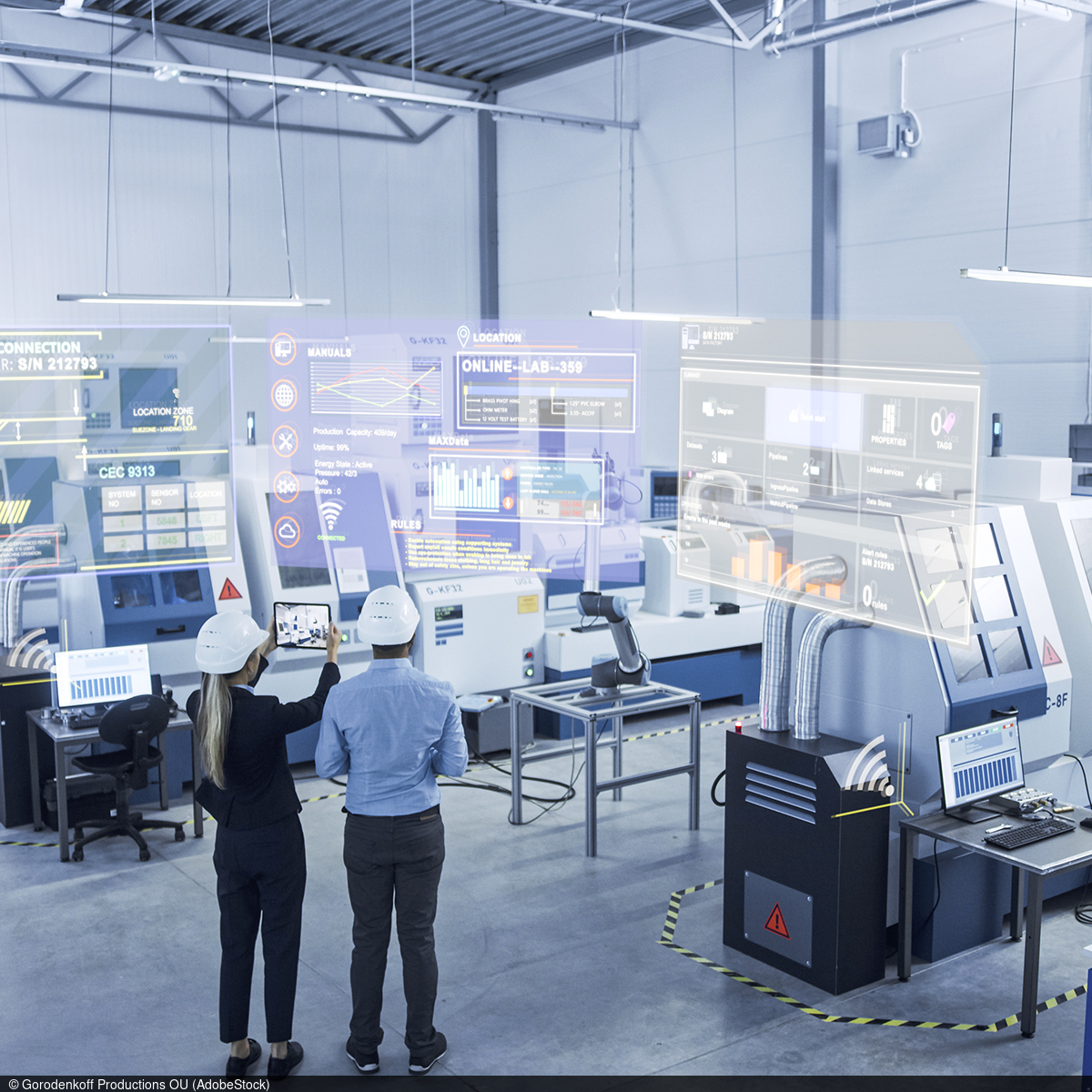German R&D Tax Credit Gains Momentum
ResearchMechanical Engineering Sector Is Most Frequent User
Companies are increasingly making use of the R&D tax credit (“research allowance”) introduced in 2020. So far, more than 7,200 companies have submitted over 14,000 projects for approval. With 953 applicants and 2,337 projects, mechanical engineering is the sector with the most applications (as of the beginning of November 2022). There, the number of applicants and the number of applications submitted have increased by 94 and 125 per cent respectively in the last 12 months. And these numbers are expected to rise further. These are the findings of a study conducted by ZEW Mannheim on behalf of the German Mechanical Engineering Industry Association (Verband Deutscher Maschinen- und Anlagenbau – VDMA).
For 2021 and 2022, companies in the mechanical engineering sector are estimated to receive a funding volume of around 50 million euros per year from the research allowance. This corresponds to about a quarter of the amount the sector has received so far from direct R&D funding programmes. “The new instrument helps companies to tackle transformation processes even faster and in a bottom-up, topic-independent way,” emphasises Hartmut Rauen, deputy executive director of the VDMA. “The mechanical engineering sector is keeping up the pace of innovation and investing the additional funds to keep Germany attractive for companies in the future.”
Nevertheless, the overall outflow of funds from the research allowance is still significantly below the budget initially planned by the federal government. Across all sectors, probably only about 10 per cent of the total budget of 2.5 billion euros per year have been spent. The fact that initially only a small proportion of R&D-active companies used the new instrument is also due to the fact that companies have up to four years to submit an application.
“It is striking that many companies that are eligible for funding are not planning to submit an application at the moment,” says Dr. Christian Rammer, researcher in ZEW’s “Economics of Innovation and Industrial Dynamics” Unit and project leader. “Even in the mechanical engineering sector, it is estimated that there are still some 1,900 companies left that are eligible to apply.” This corresponds to 55 per cent of all eligible companies in this sector. According to the survey, the most important reasons for not applying are insufficient information about the research allowance, uncertainty about the eligibility of one’s own R&D activities and a lack of human resources for the application process. In addition, the application and approval process is perceived as time-consuming. Most of these companies have no experience with direct R&D funding, so preparing proposals for R&D projects is a completely new venture for them.
Compared to direct R&D funding, the research allowance has very high approval rates of 84 per cent in mechanical engineering and 76 per cent on average across all sectors. This funding instrument is also likely to have a very positive impact on strengthening R&D activity. 85 per cent of the mechanical engineering companies intend to use the research allowance for additional R&D activities. “This can contribute significantly to achieving the German government’s goal of spending a total of 3.5 per cent of gross domestic product on research and development by 2025,” emphasises Dr. Ralph Wiechers, chief economist and head of the VDMA Tax Department. “For the sake of competitiveness and future growth, all available measures should now be taken to ensure the widest possible use of the research allowance.”
From the perspective of companies, it is clear that the implementation process should be simplified and the instrument made more attractive. For example, by further and permanently raising the cap of eligible R&D expenditure per year, which is currently at four million euros, the effect of the tax credit could be significantly increased among midrange companies with 250 to 3,000 employees. “Based on our study, we also recommend that advisory bodies should provide more information about the research allowance and offer assistance in the application and approval process,” says ZEW economist Christian Rammer. “In addition, there needs to be more sector-specific guidance and a practical definition of R&D.” The VDMA also demands that the government further strengthen the instrument. “What is already good can be made even better. This includes raising the maximum amount, the inclusion of material costs and a more practical implementation,” Rauen emphasises.


